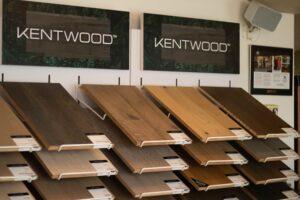
The Rise Of Eco-Friendly Hardwood Flooring Options
The popularity of eco-friendly flooring reflects an increasing awareness and concern for environmental sustainability, and for the flooring to be sustainable, it must be made
Home » engineered hardwood flooring calgary

The popularity of eco-friendly flooring reflects an increasing awareness and concern for environmental sustainability, and for the flooring to be sustainable, it must be made
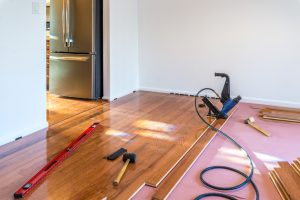
Flooring is a defining feature of a home. Hardwood flooring is inviting, beautiful and timeless. Laminate flooring (imitation hardwood) creates a look similar to wood.
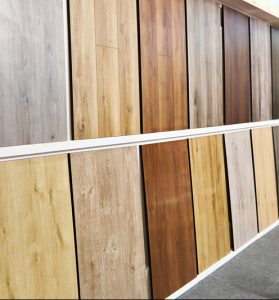
Hardwood flooring is a classic choice with timeless charm. Manufacturers of hardwood floors constantly improve and change their flooring to keep it interesting, trendy, up
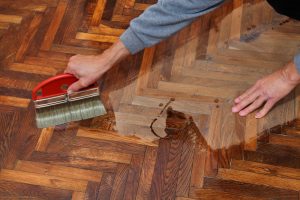
Hardwood floors are durable and easy to maintain. However, eventually, they show gouges, scratches, discolouring and wear caused by high traffic, scraping furniture legs, pet
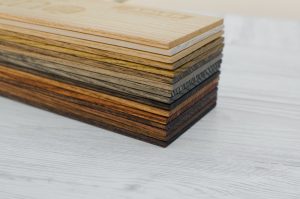
Do you wish to expand the hardwood floors in your home to include new areas? Are sections of your hardwood flooring damaged and in need
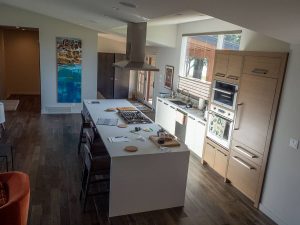
Every room in your home deserves practical, durable, and beautiful flooring that suits your style. The kitchen is no exception. This room is the heart
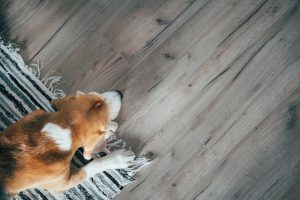
Your pet is a part of your family, loved and loving. 58% of Canadian households report owning at least one pet. You adore your pets
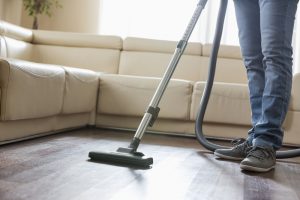
Life happens on top of our floors. All the spilled milk, broken glass, shifting furniture, and doggy piles tend to end up down there. So
All rights reserved. © Smith Bros. | Privacy Policy | Site Map